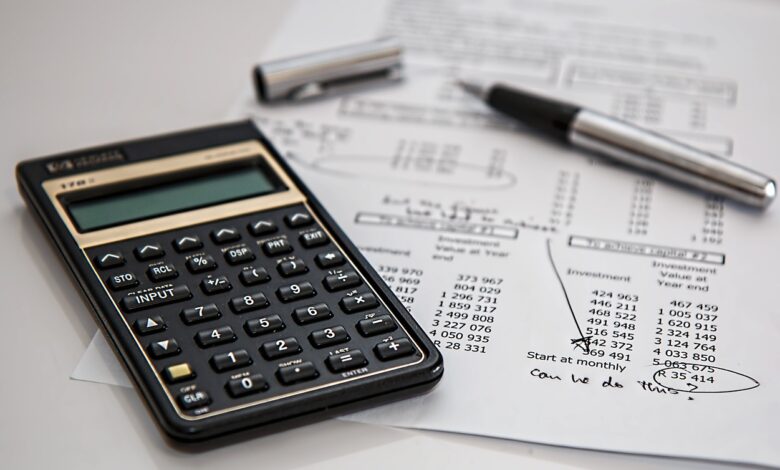The Impact of Interest Rates on Future Value Calculations

Interest rate is one of the most common financial concepts we encounter daily. You may have heard of this concept no matter which part or sector of the world you belong to. But do you know that the different types of interest rates impact other financial concepts, such as future value calculations? If not, this place has got you covered.
In this article, we will enlighten you about the effect of interest rates on future value calculations. But first, we’ll spill the beans regarding the relationship between the different types of interest rates and future value. This way, you will better understand interest rates’ impact on future value calculations. So, without wasting any time, let’s delve in here. Shall we?
The Relation Between Interest Rates and Future Value Calculation
In layperson’s terms, an interest rate is a proportion of the principal amount that a lender charges a borrower. Since this concept generally applies once a year, it is stated as an annual percentage rate (APR). However, everything with interest rates is not as straightforward as it seems because there are different types. The following are two of the most common ones:
- Simple Interest.
- Compound Interest.
So, in order to better understand the relationship between interest rates and future value, it is essential to elaborate on both these types and analyze their formulae.
Simple Interest
As the name indicates, the simple interest rate is the standard type that calculates the interest ratio on the principal amount. Here is how this form of interest rate relates to the future value:
‘PV’ represents the ‘Present Value,’ ‘r’ symbolizes the ‘interest rate per period,’ and ‘n’ refers to the ‘number of periods.’
Compound Interest
Compound interest goes one step ahead of the simple type. This type considers the interest ratio on both the accumulated interest from previous periods and the initial principal. Here is an equation that describes how it relates to the future value:
Example Showcasing the Relationship Between Interest Rate Types and Future Value
To better understand the relationship between future value calculation and interest rate types, let’s discuss an example for both simple and compound interests.
FV Calculation Example for Simple Interest
Suppose you invest $2000 at an annual interest rate of 10% for 6 years. In such a situation, the future value of your investment will be:
FV Calculation Example for Compound Interest
Consider a situation where you make an investment of $2000 at an annual interest rate of 10% compounded annually for 6 years. In such a scenario, the future value of your investment will be:
A Better Way to Calculate the Future Value (FV)
While the aforementioned future value formulae offer a better look at the involvement of interest rates, they sometimes bring inaccurate results. That’s because their output depends directly on your arithmetic abilities. So, if you do not pay the utmost attention during calculation, you may get the wrong results.
To prevent situations like these, experts take assistance from a future value calculator. Such a tool performs accurate calculations and provides a graphical overview of the entire computation. Therefore, with their help, you can better understand the involvement of interest rates in final value calculations.
How Do Interest Rates Affect the Future Value Calculations?
Now that you have understood the relationship between interest rates and future value, let’s answer the elephant in the room—the impact of interest rates on future value calculations.
Direct Impact
The interest rate is directly proportional to future value. This means that a lower interest rate reduces future value by earning less interest over time. Similarly, a higher interest rate indicates the generation of more interest over time on the initial principal amount, which directly increases future value.
Compounding Effect
Future value also increases faster with compounded interest—the addition of interest to the principal amount at regular intervals, like annually, monthly, quarterly, and semi-annually. This mainly happens due to the effect of frequently earning interest on interest. However, this situation is only valid in situations with higher interest rates.
Concluding Remarks — Summing Up
In conclusion, the future value is a financial concept that helps determine an investment’s value or sum of money at a future date according to the assumed growth rate. Interest rates substantially influence the calculation of this concept because they determine how much an investment increases over time. The higher rates and more frequent compounding lead to larger future values, whereas lower interest rates decrease the future value due to less earned interest over time.
Keep an eye for more news & updates on Tech Pro Magazine!





